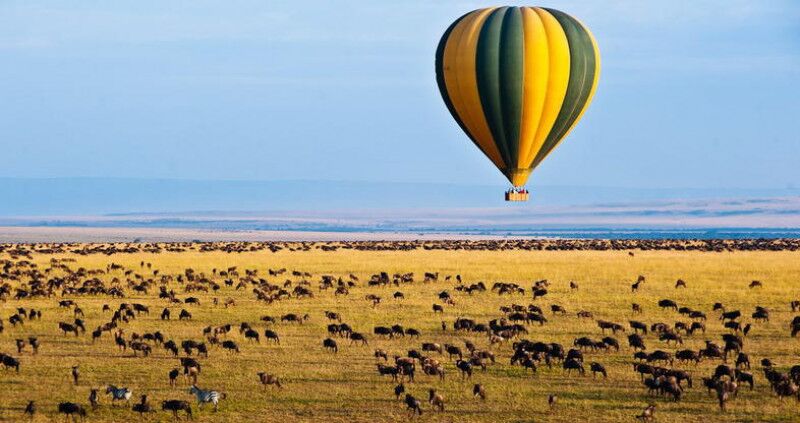When is the Best Time To Visit Tanzania?
The best time to visit Tanzania depends on what you want to see, where you want to go, your budget, and your interests. Every time of the year has its pros and cons. Here’s a guide to help you decide the best time for your Tanzanian adventure. Oh, and before we forget…Everyone is different, there is no correct choice. But one thing that’s for sure: A Tanzania Travel is beautiful the whole year!
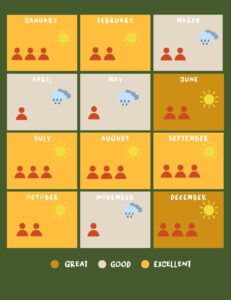
The best months: June to October & December to February
These months are the crème de la crème for visiting Tanzania! That’s why we rated them ‘Excellent’. Think of June to October as nature’s blockbuster season: sunny skies, wildlife galore, and the epic wildebeest migration. December to February is like hitting the safari jackpot, with lush green landscapes and adorable baby animals everywhere. And hey, March, April, May, and November are also cool to go—if you love vibrant greenery, bird-watching, and having the park almost to yourself, those months are a hidden gem. Yes, there might be rain, but still!
June to October (Dry Season)
This period offers the best wildlife viewing as animals gather around waterholes, with July and August being peak times for witnessing the dramatic wildebeest migration and river crossings; the weather is pleasant and sunny.
December to February (Dry Season)
The dry season continues, providing excellent game viewing opportunities and pleasant weather; January and February are particularly special for witnessing the calving season in the southern Serengeti, attracting many predators…👀
March (Wet Season)
The rains begin, making the landscape vibrant and lush, with excellent bird watching and fewer tourists for a more intimate safari experience. And lower prices, of course!
April to May (Wet Season)
Heavy rains make some roads challenging, but the scenery is spectacular, and the parks are quiet with lower rates, offering a serene and affordable safari experience.
November (Wet Season)
Short rains start, rejuvenating the landscape with blooming flowers and green forests, while still offering good wildlife viewing in the northern parks. It is also generally less busy.
Best Time to Visit Tanzania: Month by Month
Best Time to Visit Tanzania: Month by Month Highlights. Highlights are based on climate, wildlife, safari experience, and feedback from our local guides.
Dry Season: Probably The Best Season To Visit Tanzania
The dry season is the most popular time for a safari in Tanzania. Why?
During this time, wildlife gathers around rivers and waterholes, making it easier to spot animals. The pleasant temperatures of 25-27 °C with sunny, rain-free days create ideal conditions for game drives and outdoor activities. You’ll be sitting in the game drive car with the sun shining while wildlife makes their way to the waterholes for a much-needed refreshment.
Fewer mosquitoes and better road conditions enhance your safari experience. The dry season also offers the best opportunities to witness the wildebeest migration, especially the dramatic river crossings in the northern Serengeti. For those looking to climb Kilimanjaro, the clear blue skies and cooler temperatures from evening to early morning make for perfect climbing conditions.
When is the dry season?
- January
- February
- June
- July
- August
- September
- October
- late December
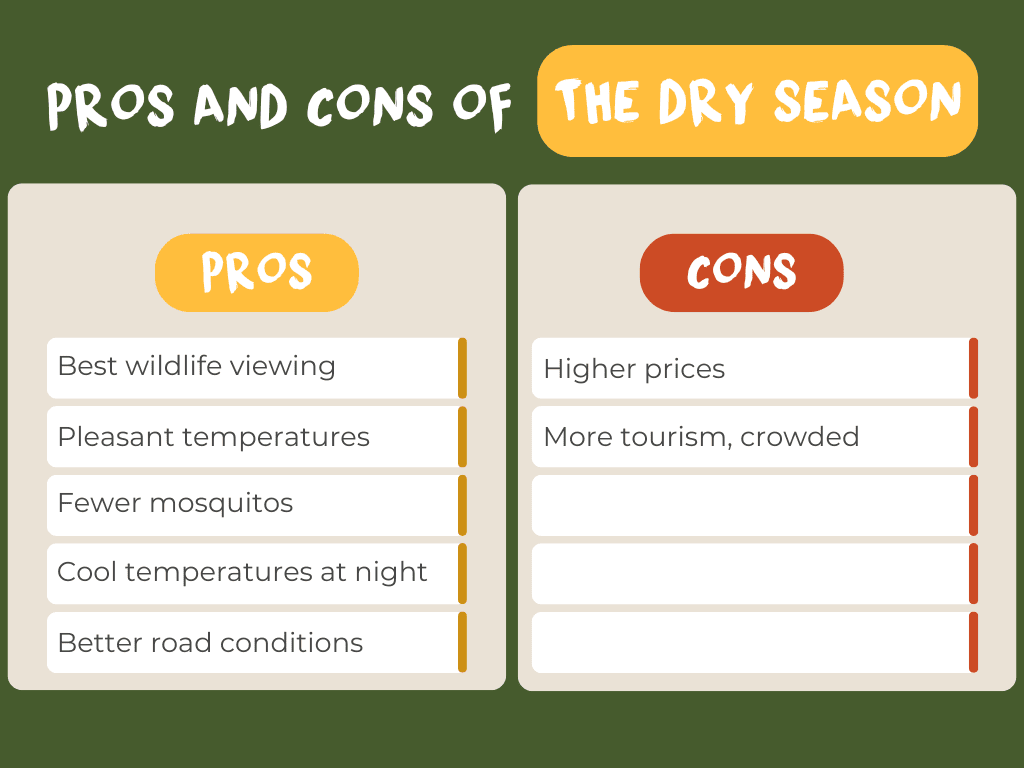
Pros of traveling during the dry season
- Wildlife gathers around rivers and waterholes, making it easier to spot
- Pleasant temperatures of 25-27 °C with sunny and rain-free days
- July and August are great for witnessing the wildebeest migration and epic river crossings
- Fewer mosquitoes
- Better road conditions and easier game drives
- Best time to visit the southern parks; northern parks are accessible all year round
- Cool temperatures from evening to early morning
- Clear blue skies
- Best conditions for climbing Kilimanjaro
However, there are some cons to consider:
Cons of traveling during the dry season
- Higher prices for accommodations and tours
- Unique accommodation tends to sell quick!
- More tourists during this popular time, leading to busier parks and lodges
Want to avoid busier parks and higher prices? Keep reading!

Wet Season: For an intimate safari experience
The wet season, also known as the rainy season, offers a different but equally captivating experience. Why? Nature is vibrant and lush with blooming flowers and green landscapes. Bird watching is at its best, and the parks are less busy, providing a more intimate safari experience. Plus, lower rates make it a more affordable time to visit.
When is the wet season?
- March
- April
- May
- November
- Beginning December

Pros of traveling during the wet season
- Nature is vibrant and colorful with blooming flowers and green forests and grasslands
- Good all-year wildlife viewing in northern Tanzanian parks
- Excellent bird watching
- Wildlife is in good condition
- Lower rates make it a cheaper safari option
- Parks are less busy, providing a more intimate safari experience
However, there are a few downsides to keep in mind:
Cons of traveling during the wet season
- Some roads may be difficult to navigate due to rain
- Higher chance of encountering mosquitoes
- Afternoon showers can disrupt plans

Anything else to look out for, except dry and wet season? Tanzania’s tourism can be divided into three distinct seasons: high, mid, and low. These go hand-in-hand with Tanzania’s wet and dry season. Each season has its own unique advantages and challenges, helping you decide the best time to plan your visit based on your preferences and priorities.
Low, Mid, and High Season in Tanzania
High Season: January, February, June to October, and December.
Visiting Tanzania during the high season guarantees ideal weather conditions and the best wildlife viewing opportunities. With sunny skies, pleasant temperatures, and the incredible wildebeest migration, it’s the perfect time for a memorable safari adventure.

Pros:
- Ideal weather conditions for safaris and beach visits
- Best wildlife viewing opportunities
Cons:
- Parks and attractions can be busy
- Highest hotel and tour rates
- Unique hotels are fully booked
- Availability of most tourist services and activities
Mid Season: March, November 1st to December 21st.
The mid-season offers a balance between the high and low seasons, making it a great option for travelers seeking moderate prices and fewer crowds without compromising too much on weather and wildlife sightings.
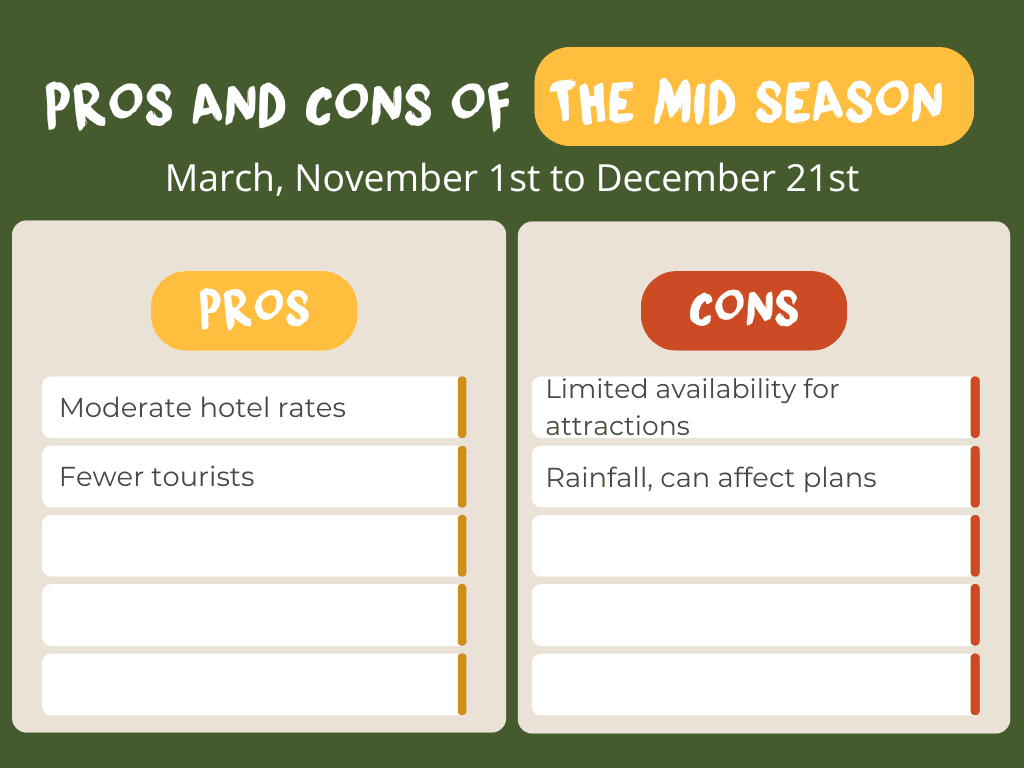
Pros:
- Moderate hotel rates
- Fewer tourists compared to the high season
Cons:
- Some attractions may have limited availability
- Variable weather conditions
Low Season: April and May
The low season is perfect for budget-conscious travelers who don’t mind a bit of rain and are looking for a more peaceful and serene experience in Tanzania’s stunning landscapes.
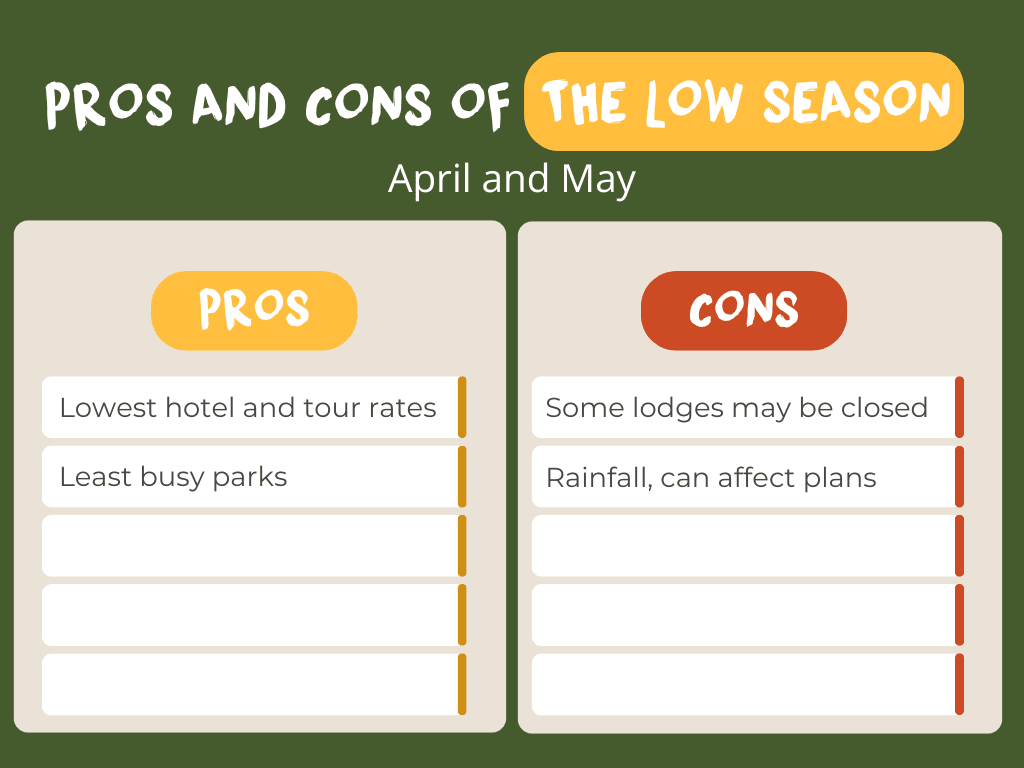
Pros:
- Lowest hotel and tour rates
- Least busy parks and attractions
Cons:
- Some lodges and camps may be closed
- Highest rainfall, which can affect travel plans
Every season in Tanzania offers a unique and beautiful experience, ensuring a memorable trip no matter when you visit!
Experience the Great Migration Year-Round in Tanzania
Great news: You can witness the awe-inspiring Great Migration all year long as it moves between the Maasai Mara in Kenya and the Serengeti in Tanzania. No matter when you travel, you won’t miss this incredible event. Let us break down when and where you can see the highlights, so you can choose what’s most important to you!
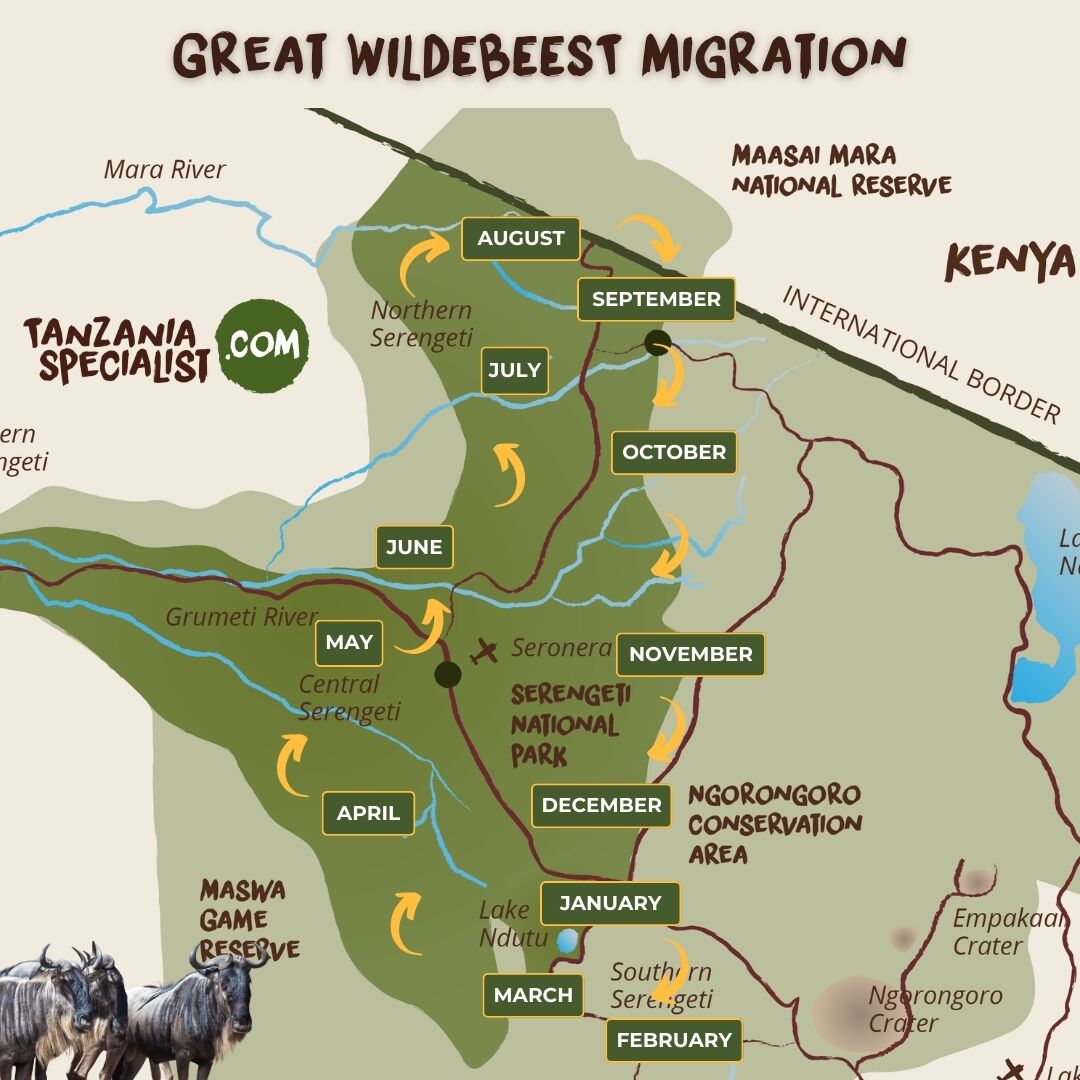
December – March
Witness the breathtaking Great Migration in the southern Serengeti, with the magical sight of newborn animals in February.
July – September
Experience the thrilling river crossings in the northern Serengeti, a spectacular highlight of the Great Migration.
For more details on where the wildebeest migration is throughout the year, check out our article on the Great Wildebeest Migration.
When is the Best Time To Visit Tanzania, based on the weather.
For more detailed information on the weather, check out our page about the weather in Tanzania.
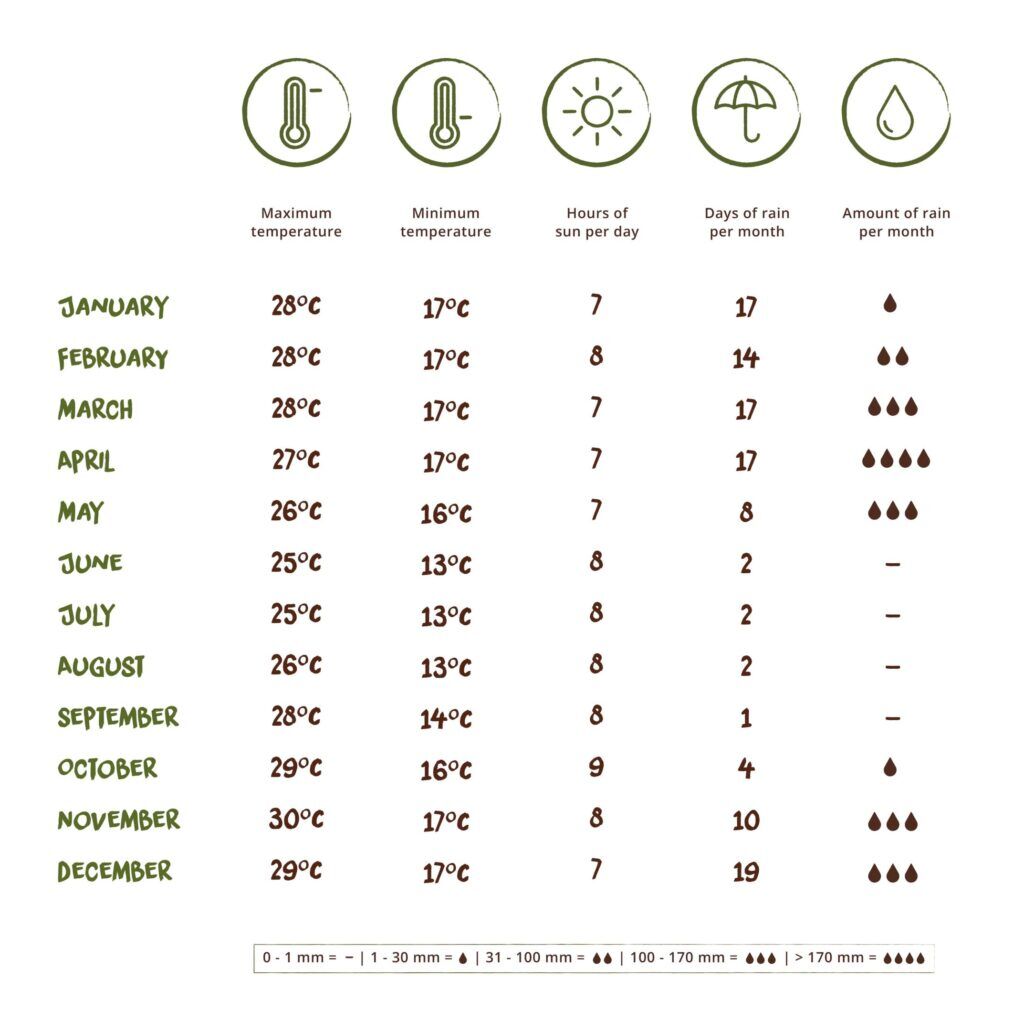
These are average figures and may vary depending on the region.
Let us create your tailor-made trip
Receive a free, no obligation quote
Start planning your dream trip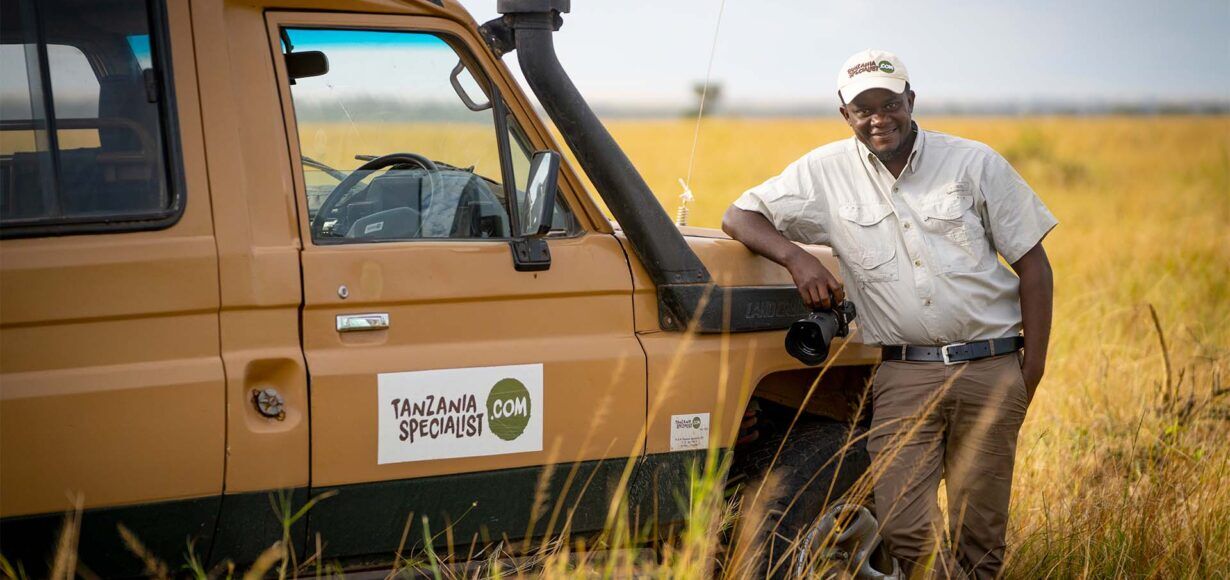

Call an expert
Our specialists are here to assist you
USA: +1 518 634 1139 UK: +44 20 3808 4213 other countries